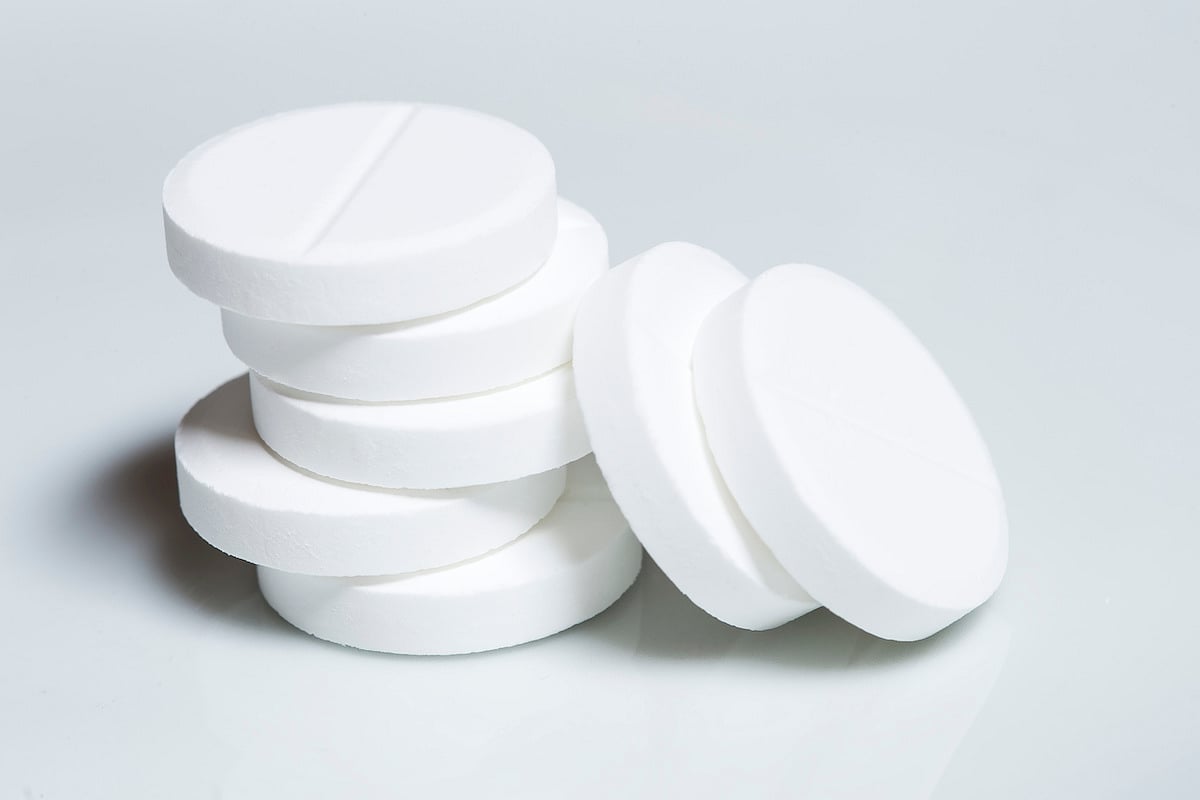Photo Credit: Freepick
The following is a summary of “A viro-immunological model to characterize the antiviral effect of molnupiravir in SARS-CoV-2-infected outpatients: implication for treatment duration,” published in the April 2025 issue of Journal of Infectious Diseases by Nguyen et al.
Researchers conducted a retrospective study to examine the in vivo mechanism and impact of molnupiravir on SARS-CoV-2 viral dynamics.
They analyzed data from the PANORAMIC trial, where 577 outpatients were randomly assigned shortly after symptom onset to receive either usual care or a 5-day course of molnupiravir. Viral and immunological data were collected for 2 weeks. A mathematical model was developed to describe virus-host interactions, incorporating the effects of molnupiravir on viral replication and mutagenesis. This model was then employed to assess the potential impact of extending treatment duration.
The results showed that molnupiravir reduced RNA replication with 93% efficacy by the end of the 5-day treatment. This reduction occurred through 2 mechanisms: increased transition mutation frequency and direct inhibition of viral production. A 5-day course shortened the median clearance time for RNA and infectious viruses by about 2 days. Extending treatment to 10 days could accelerate RNA clearance by 5 days and lower viral rebound rates. Longer treatment may be required for post-exposure prophylaxis.
Investigators concluded that molnupiravir primarily acted on viral replication, not infectivity, and that longer administration might reduce rebound rate and shorten viral clearance time.
Source: academic.oup.com/jid/advance-article/doi/10.1093/infdis/jiaf158/8097739














Create Post
Twitter/X Preview
Logout